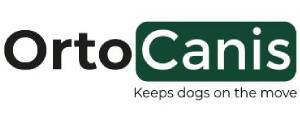Physiotherapy and rehabilitation for animals have become very important in recent years, as they display numerous assets: they increase circulation, help to retain mobility in muscles and joints, increase physical resistance, reduce complications associated with immobility and provide psychological stimulation.
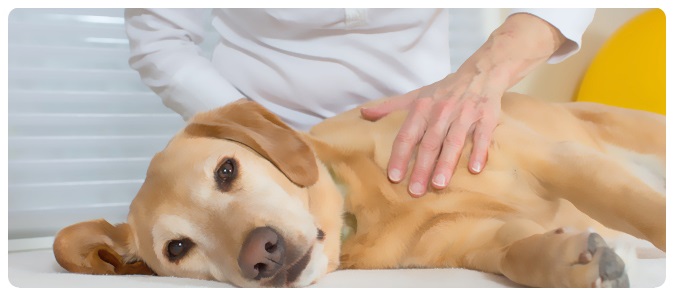
Although veterinary physiotherapists are the most well suited people to treat animals using physiotherapy, there are many instances in which the pet owner can do it him/herself, as long as this has been recommended by a vet. The two first exercises that you can do should be on a firm but cushioned surface, such as rehabilitation mats.
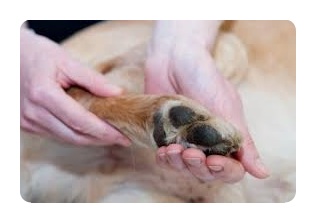
Massage: this is the most simple type of physiotherapy. It is easy for the owner to do. He/she must be gentle. It improves circulation, stretches the tendons, reduces accumulation of fluid, helps tissue to heal better and relieves spasms and pain. It can also be used to relax the animal before applying other techniques. Do you want to learn how? We will teach you: Massage for dogs
Passive mobilization: this involves the therapist moving the affected limbs, without the animal participating actively. In order to do this, you must slowly bend and stretch out the joints as far as possible, without forcing them. You must hold the limb with both
hands, above and below the injury. This technique will help to: reduce muscle atrophy, increase venous and lymphatic drainage, reduce joint stiffness and prevent muscular contractions.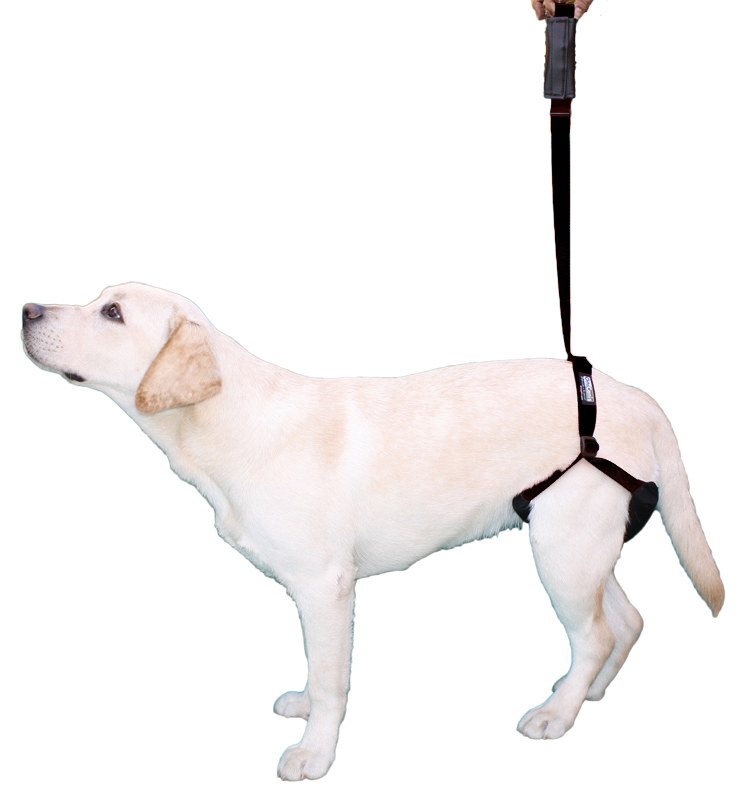
Active exercises: in this case the animal moves by itself. If it cannot get up, you can help it by using special harnesses or wheelchairs. Go for controlled walks and strolls. The floor should not be abrasive or slippery. The exercises should last for a short period of time and the duration should be increased as the days go by. This helps to avoid muscle atrophy and problems associated with an immobile state, such as decubitus ulcers and depression.
Hydrotherapy: even though there are more and more specialized centers available that are equipped with underwater treadmills, you can also do some exercises at the beach, the swimming pool or in the bathtub (small animals only). The animal must wear a lifejacket to help it float. The water helps the animal to move the joints fully without putting any stress on them, which improves the use of the joints and muscular strength. Hot water is also good for circulation, cleans the skin and prevents muscle spasms. It is not recommended for at least 10 days following surgery, if the animal has cardiovascular issues or has a surgical drain fitted. Want to know more? Swimming and hydrotherapy for dogs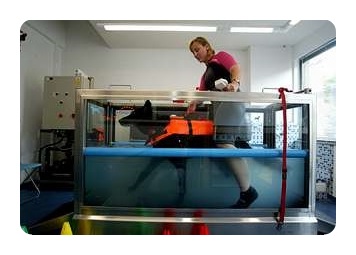 .
.
Ortocanis Veterinary

